How can you get rid of keratosis pilaris, and what’s the best chicken skin treatment? Keratosis pilaris is a common condition, causing many women to experience bumps on their arms, thighs or body. Whether chicken skin has occurred after a waxing session, or just popped up on its own, we’ve all been there.
Keratosis pilaris, also known as 'chicken skin', is caused by dead skin and keratin (hair protein) clogging pores. This can lead to a blockage in the opening of growing hair follicles. Despite often being confused with acne, keratosis pilaris has a very different character and should be treated accordingly.
The tiny bumps that keratosis pilaris causes are rough, visible, and can make some people conscious about exposing skin. But there is no need to be stressed about these common, bumpy patches of skin. There are many variants of chicken skin home treatment, and we’ve even sourced the advice of an expert.

Factors responsible for keratosis pilaris
According to Dr. Divya Sharma MBBS (Gold Medalist), MD: “Keratosis pilaris is the retention of dead skin in the hair follicles, especially occurring in the sides of the arms, back, buttocks and sometimes even thighs.
“The lesions of keratosis pilaris flare-up in the form of red, brown, or yellow bumps at times. They are completely asymptomatic and are not accompanied by any itching or pain. They are quite commonly confused with acne,” she told Be Beautiful.
Who is more susceptible to keratosis pilaris?
While the major causes behind keratosis pilaris are still being researched, there are certain factors that make some people more susceptible.
Dr. Divya says, “People who have a dust allergy, asthma, sinusitis, or excessively dry sensitive skin are at a higher risk of developing keratosis pilaris. It is also much more common in cooler areas, compared to humid areas.
“[Keratosis pilaris] is common in women who show higher levels of androgen hormones in their body. Even factors like weight gain can render someone more prone to developing this condition,” she adds.
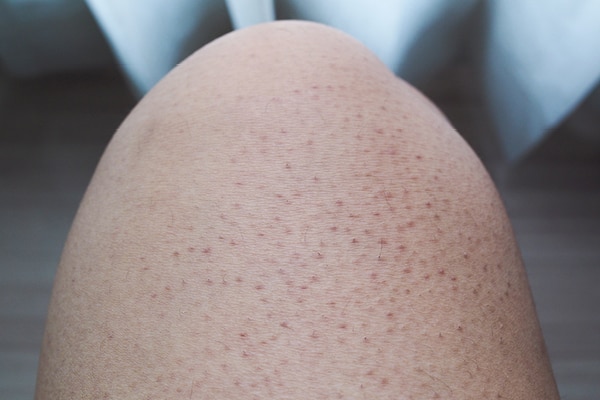
What is the best way to identify keratosis pilaris correctly?
Keratosis pilaris is quite common among young people but usually starts to fade by your mid-30s. But the commonality of the condition means it’s often confused with other conditions, like acne or mild breakouts. The best way to identify the condition, and start chicken bump skin treatment, is to take these points into consideration:
Keratosis pilaris spots don’t constantly itch under normal conditions.
The spots often get itchier and more visible in the winter months, due to a lack of humidity.
Keratosis pilaris spots start to scar if you pick or scratch at them.
The spots look like goosebumps or the skin of a plucked chicken (hence the name).
Chicken spots always pop up on areas of your skin where you find hair follicles (e.g. finding them on the back of the arms is very common).
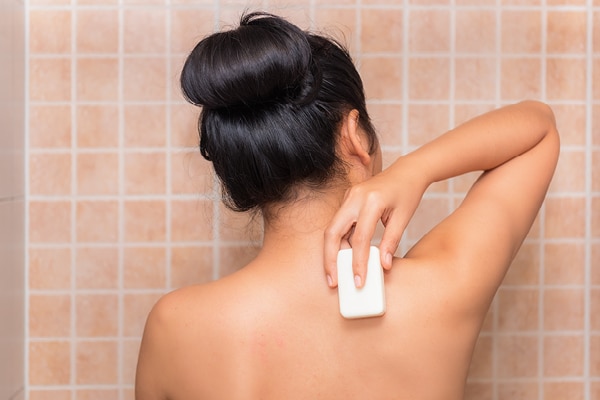
How do the experts recommend you deal with keratosis pilaris?
While keratosis pilaris cannot be cured, its symptoms can be managed.
What is the best chicken skin disease treatment? There are many ways to help improve the appearance of flare-ups, meaning you won't have to hide your skin all the time.
Dr. Divya recommends two main methods:
At night, use a good chemical exfoliating agent on your skin, like glycolic acid or salicylic acid.
In the morning, apply a daily moisturising cream, followed by a good sunscreen.
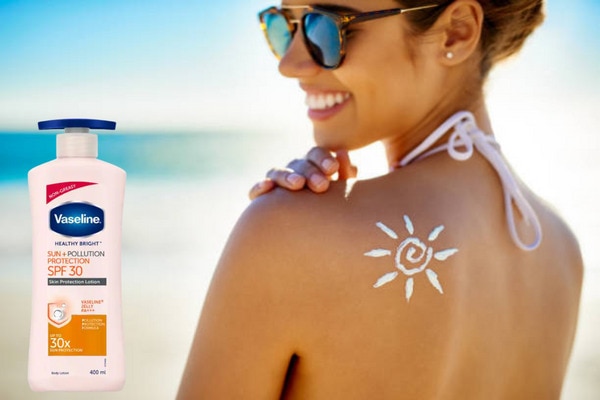
For a moisturiser that has SPF protection, we recommend Vaseline® Sun + Pollution Protection SPF 30 Body Lotion. Its healing formula contains antioxidants - like provitamins C and E and vitamin B3 which help to protect and restore your natural glow.
Pro tip: Exfoliating lotions and serums are available to treat keratosis pilaris patches on your body. But it’s better to choose chemical exfoliants - like glycolic acid and lactic acid - for gently removing dead skin cells. Body washes, with mandelic acid or tea tree oil, can also be incorporated into your routine to help deal with the flare-ups.
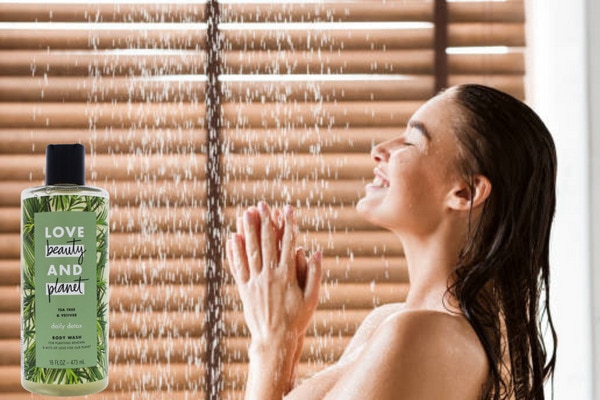
Why not try plant-based Love Beauty and Planet Natural Tea Tree Oil and Vetiver Sulfate Free Body Wash? Containing zero sulphates, parabens or dyes, it gently purifies and detoxifies your skin. Powered by Australian tea tree oil, this body wash helps to rejuvenate your skin, leaving it with a natural fresh scent.
Want to hide skin redness with make-up? Learn how to wear blush over rosacea.
What precautions should you take with keratosis pilaris?
Dr Divya further recommends watching your weight if you are suffering from keratosis pilaris. When it comes to skincare, try to avoid using harsh soap bars or too many stripping agents on your skin. Physical exfoliation is also a big no-no, since rubbing and scrubbing the affected area can make it darker.
You might find a keratin plug or pimple-like material inside bumps, which can be very tempting to pop. However, doing so can lead to irritation and should be avoided.
Do not rely on over-the-counter acne treatments for keratosis pilaris, as they can lead to issues like redness, stinging, irritation, and dryness in the affected area.
If the condition becomes too annoying for you, consult a dermatologist. They can take advanced approaches like microdermabrasion, chemical peels or topical retinoids to help with the issue.
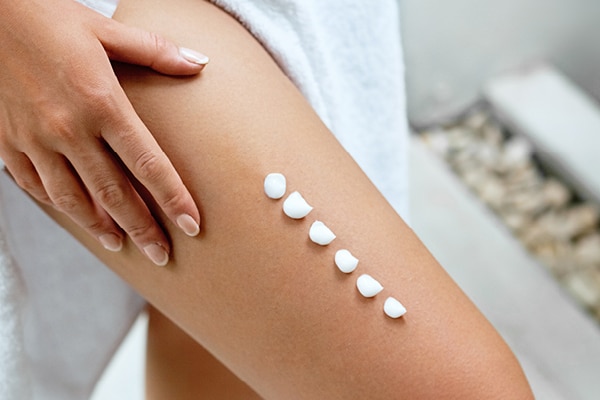
General tips for dealing with keratosis pilaris
Here are some general tips on how to deal with keratosis pilaris:
1. Improve your showering habits
Improper washing habits - like taking long, hot baths - can strip your skin of its natural oils, making it drier. Instead, switch to shorter showers with lukewarm water (for unclogging and loosening your pores), followed by air drying your skin.
2. Keep up with exfoliation
Often, in comparison to your skincare routine, body care takes a backseat. Instead, regularly use gentle exfoliant-infused body products to help slough off dead skin cells. Look out for products containing AHAs, for safe and gentle exfoliation.
3. Keep your skin hydrated
To help deal with keratosis pilaris, keep your skin happy and hydrated. For chicken skin treatment soap, use a gentle formula that doesn’t contain harsh cleansing components. Ingredients like lactic acid can also help boost cell turnover and keep your skin moisturised. Be sure to also load up on humectant-infused ingredients, to keep irritation at bay and trap moisture into your skin.
4. Invest in a good humidifier
If you live in a dry climate, invest in a good humidifier. This will help to create the perfect conditions for your skin, keeping it moisturised and hydrated. Using a humidifier on really dry days can also help control itchy flare-ups.
5. Minimise friction on your skin
Keep friction on your skin, especially on patches with keratosis pilaris flare-ups, as minimal as possible. For an easy chicken skin allergy treatment, avoid tight clothing and keep accessories away from the affected area.
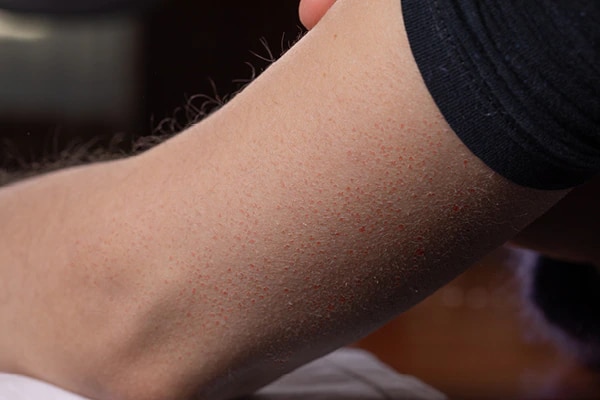
FAQs about keratosis pilaris
What happens when you scratch at keratosis pilaris- affected areas?
Scratching or picking keratosis pilaris-affected areas can lead to surrounding skin becoming darker (hyperpigmentation) or lighter (hypopigmentation). Both conditions can be pretty prominent, so ensure you avoid them at all costs.
Can dry brushing help keratosis pilaris?
In theory, dry brushing may seem like a good idea for sloughing off dead skin cells. However, dermatologists instead recommend gentle chemical exfoliation, as physical ones can be too harsh for your skin. Dry brushing is particularly risky, as it cannot be controlled or targeted at the problem area.
Are there any home remedies for dealing with keratosis pilaris?
If regular exfoliation and moisturising aren’t alleviating your symptoms, reach out to your dermatologist. DIY home remedies can sometimes do more harm than good, so they should be avoided. However, a gentle homemade sugar scrub, made with coconut oil as a base, is a non-invasive method that you could try.
Does sun exposure help deal with keratosis pilaris?
It is a common misconception that sun exposure can help mitigate chicken skin flare-ups. In reality, sun exposure can further damage already dry skin, leading to a worsening of the condition.
Now you know all the best ways to deal with chicken skin treatment before and after possible aggravation. Why not also check out our 8 best tips on how to heal skin inflammation?
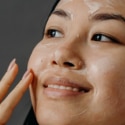

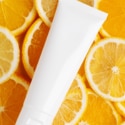

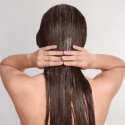




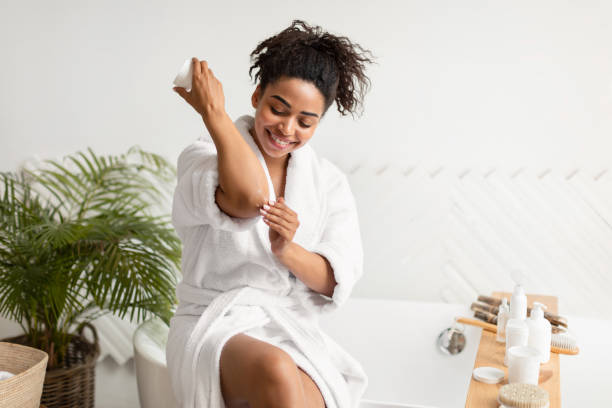


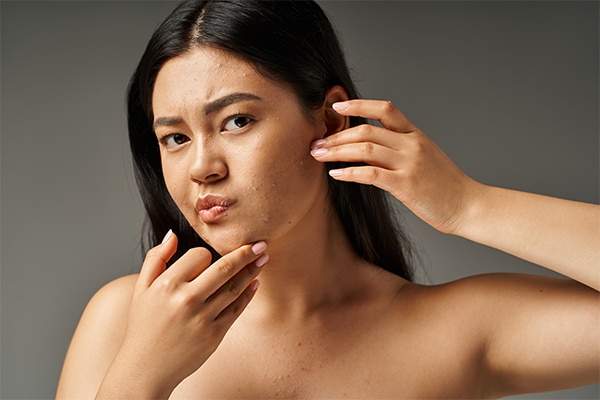



 Privacy Notice
Privacy Notice
Written by Team BB on 8th Sep 2022